Days of solstices and equinoxes in 2017.Features of the position of the sun relative to the earth.
Contents of
- What are solstice days?
- Date of summer solstice in 2017: longitude of the day, shortest night
- Date of the winter solstice in 2017: longitude of the day, shortest day
- Position of the sun on the days of the solstice
- How the day decreases after the summer solstice: graph
- As the day increases after the winter solstice: Chart
- What are the days of the equinox?
- Day of the Vernal Equinox in 2017: date, longitude of the day
- Day of the autumn equinox in 2017: date, longitude of the day
- Sun position in the equinox days
- Equinox and solstice days: magic
- Video: days of solstices and equinoxes
Nature forces are harmonious and consistent. As a person tries to solve them, to make attempts to foresee and / or correct, but without success. The only sure and easy way to interact with them is to accept and harmoniously weave into your life. What did our ancestors did well in ancient times. Days of solstices and equinoxes from time immemorial were milestones in the calendar, when the seasons changed. They had a special power, because it was simply impossible to live quietly. Let's talk about these days from the point of view of the calendar and astronomy, touching casually the magic rites of our Slavic ancestors.
What are the days of the solstice?
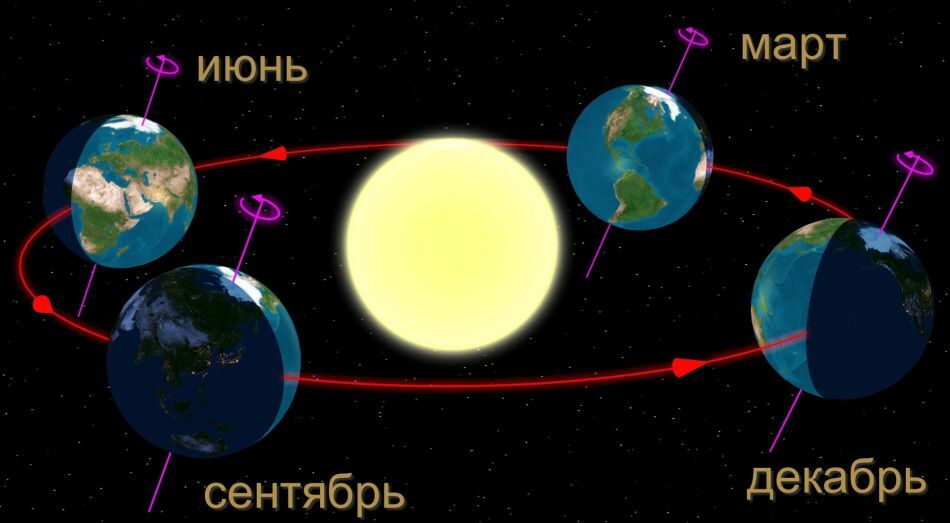 movement of the Earth around the Sun during equinox and solstice points
movement of the Earth around the Sun during equinox and solstice points Solstice days are astronomical situations when the sun occupies the highest or lowest position relative to the terrestrial horizon.
In other words - when day and night have the maximum and minimum duration.
A similar phenomenon occurs twice a year:
- 21 or 22 June
- 21 or 22 December
The offset of dates is due to the peculiarity of the year. It is either normal or leap years.
Solstice days have the names:
- summer for the northern hemisphere and winter for southern in June
- winter for the northern hemisphere and summer for southern in December
For the summer solstice are characteristic:
- the longest day
- minimally short night
At the winter solstice of the duration of day and nightopposite to summer.
Date of the summer solstice in 2017: longitude of the day, shortest night
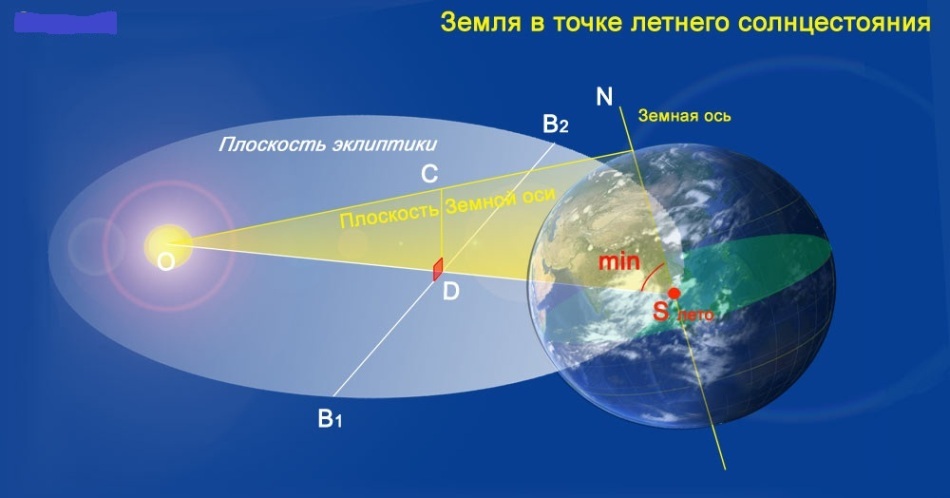 diagram of the location of the sun and earth on the day of the summer solstice
diagram of the location of the sun and earth on the day of the summer solstice In the current year 2017, the summer solstice day falls on June 21.
Its duration will be 17.5 hours, respectively, the night will last only 6.5.
The date of the winter solstice in 2017: the longest day, the shortest day
The date of the winter solstice in 2017 falls on December 21.
Now the night will be most of the day - about 17 hours, and a day will be just under 7 hours.
The position of the sun on the days of the solstice
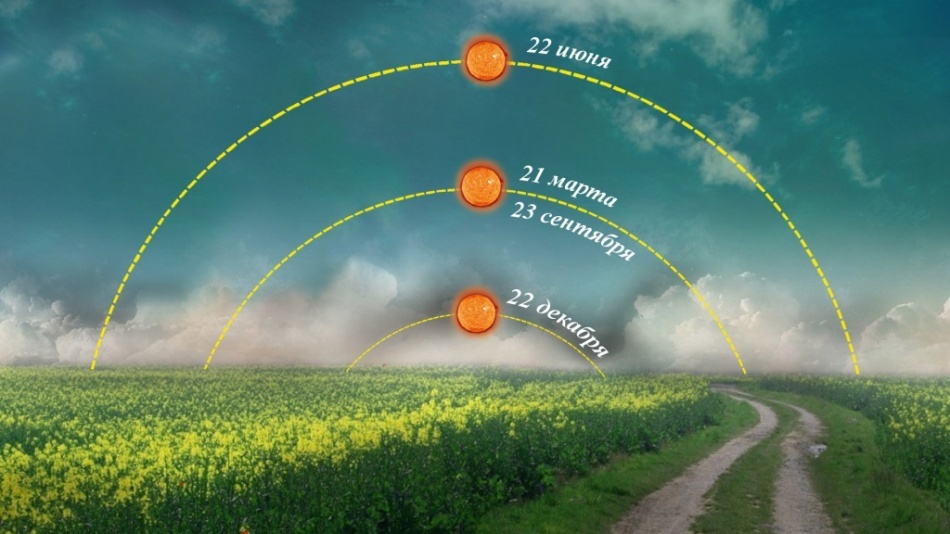 The sun's position above the horizon during the solstices and equinoxes
The sun's position above the horizon during the solstices and equinoxes The periods between the solstices are the time of the sun's displacement either above the horizon or lower.
Astronomers note that the movement of a hot star is similar to a sinusoid:
- after the winter solstice, it rises daily above the
- after the summer solstice - on the contrary, falls below the
. The angle created by the sun and the terrestrial horizon, in other words, the astronomical longitude of the hot star is:
- 90 ° in June
- 270 ° in December
In astronomy, from the moment the Sun enters the Taurus zodiac sign, summer starts in June, and in winter, Sagittarius as a sign of Sagittarius.
A few days before and after the solstice, the hot heavenly body "freezes" at one point at noon.
However, you will not see the sun just above your head on the days of the solstices. If you are a resident of the northern hemisphere of the Earth, then:
- go above the equator 23.5 ° before the summer solstice to see the hot planet vertically above you, the
- visit 23.5 ° south latitude to see a similar phenomenon during the winter solstice.
How the day decreases after the summer solstice: graph
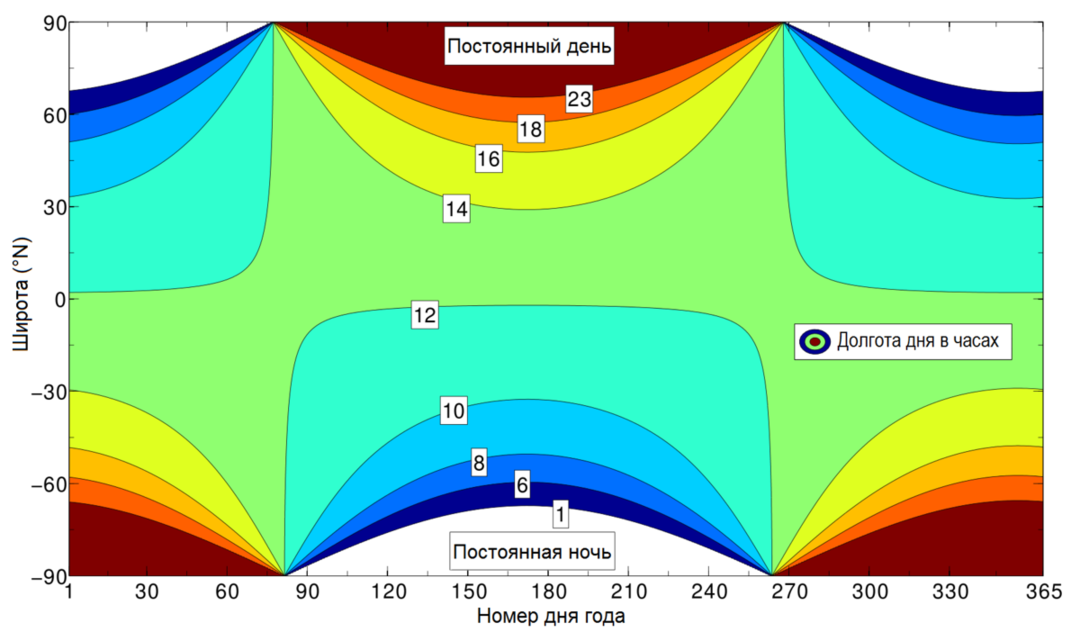 longitude of the day in different months of the year on the
longitude of the day in different months of the year on the chart The sun from the most remote point from our planet begins to decrease the degree of deviation. Day, respectively, is gradually declining.
So from + 23.5 ° it comes to 0 ° on the day of the autumnal equinox. Then the northern hemisphere receives warmer sunlight and the southern hemisphere is larger.
Below in the figure is a table showing the change in the length of the day after the summer solstice in the northern hemisphere by months.
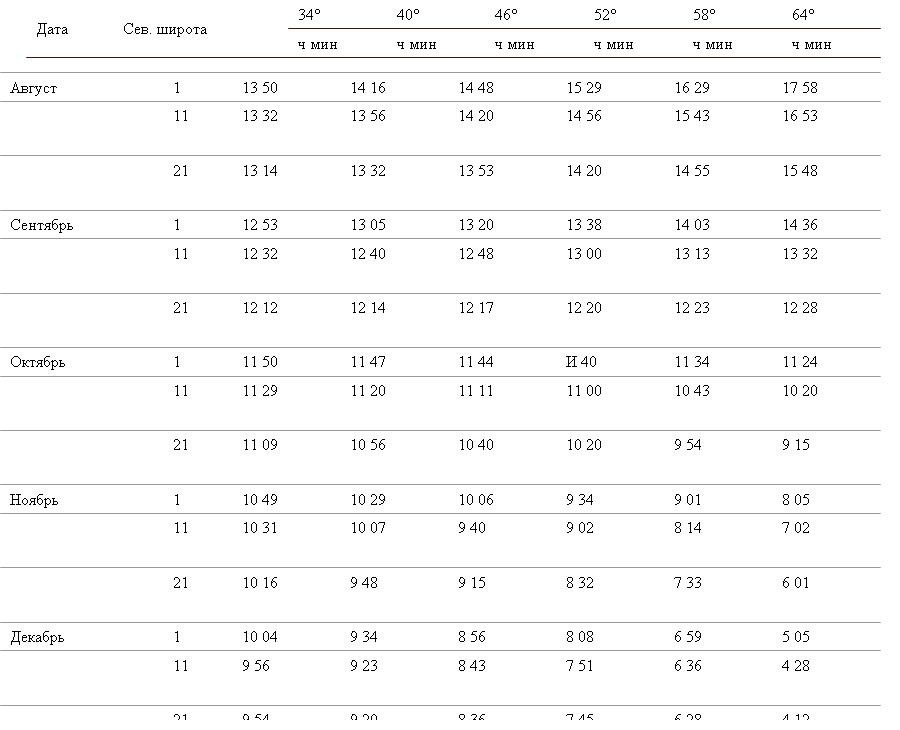 table of the change of the day after the solstice
table of the change of the day after the solstice As the day increases after the winter solstice: graph
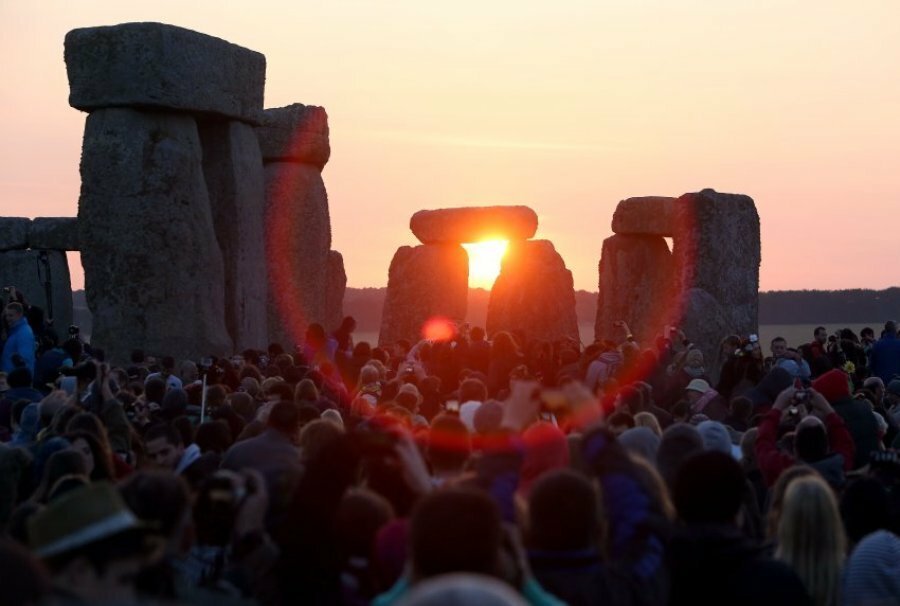 sunrise on the day of the winter solstice over Stonehenge
sunrise on the day of the winter solstice over Stonehenge Having reached a deviation of -23.5 °, the hot star comes to the closest point to the planet, the winter solstice sets in. After it the day gradually grows.
At 0 ° on the day of the vernal equinox, the sun begins to heat up the northern hemisphere more. So the duration in the latter increases.
Below in the picture the table of longitude increase after the winter equinox for the northern hemisphere by months.
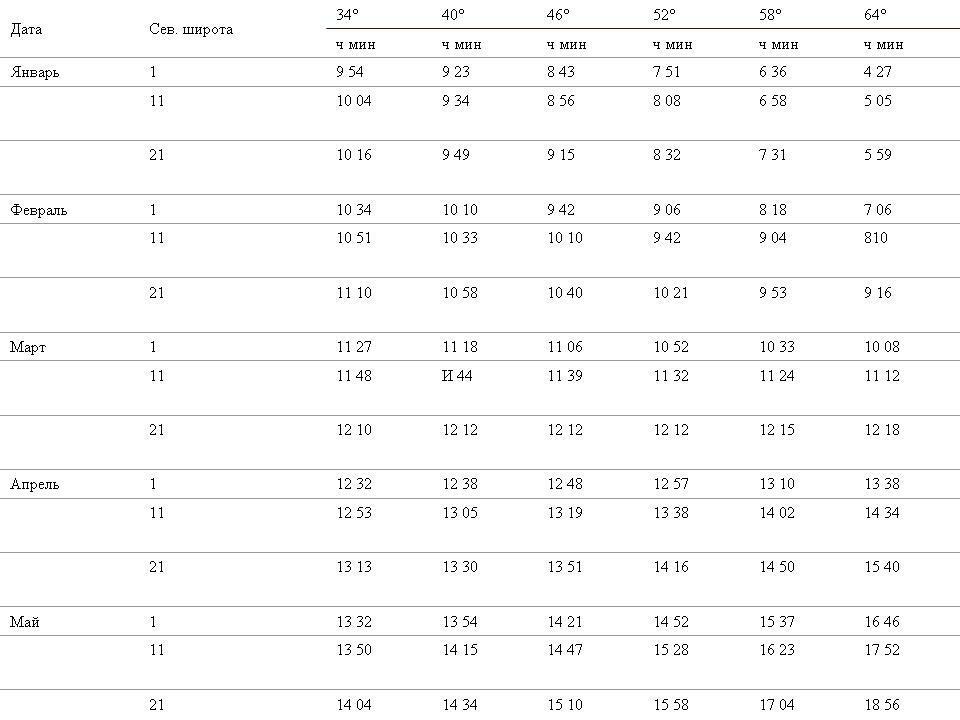 table for changing the longitude of the day in a convolutional hemisphere after the winter solstice day
table for changing the longitude of the day in a convolutional hemisphere after the winter solstice day What are the days of the equinox?
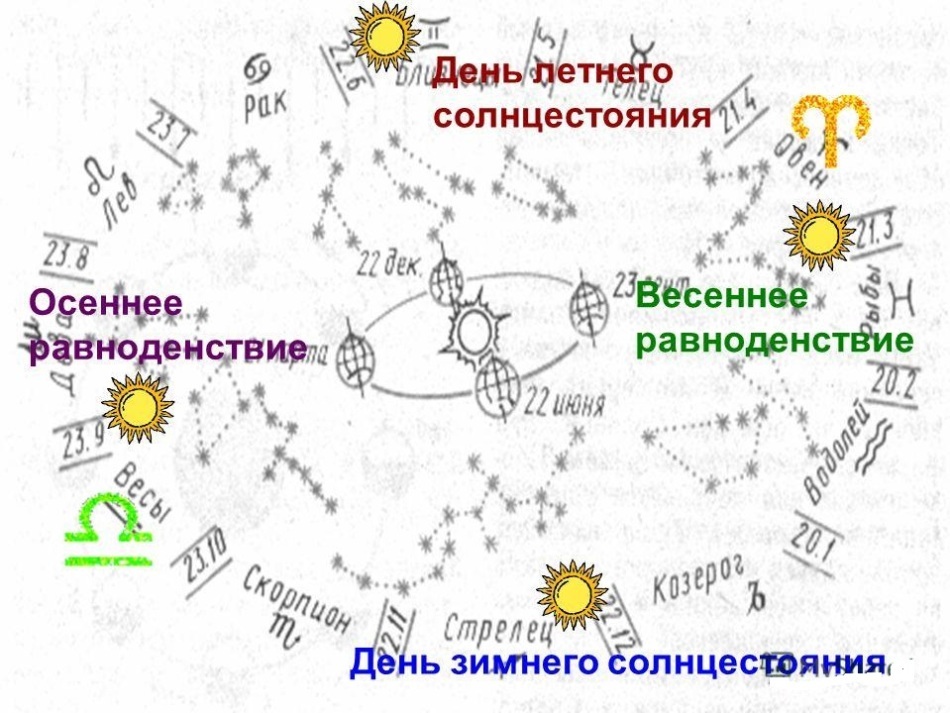 diagram of the starry sky and the sun's position relative to the earth and the zodiac signs at the equinoxes and solstices
diagram of the starry sky and the sun's position relative to the earth and the zodiac signs at the equinoxes and solstices The equinoxes are the points from which the seasons begin.
In the first months of spring and autumn, our sun reaches the points when day and night are almost equal in duration. These dates are for:
- of the Northern Hemisphere - March 20 and 21 /22/ on September 23 respectively
- of the Southern Hemisphere - on the contrary
The sun in the days of the equinox is in the zodiac signs of Pisces in the spring and the Virgin in the autumn.
The equinoxes are interesting because the hot star passes from one hemisphere to another. That is, from 20/21 March the warm sun is higher in the northern hemisphere, and from 22/23 September - in the southern hemisphere.
Day of the Vernal Equinox in 2017: date, longitude of the day
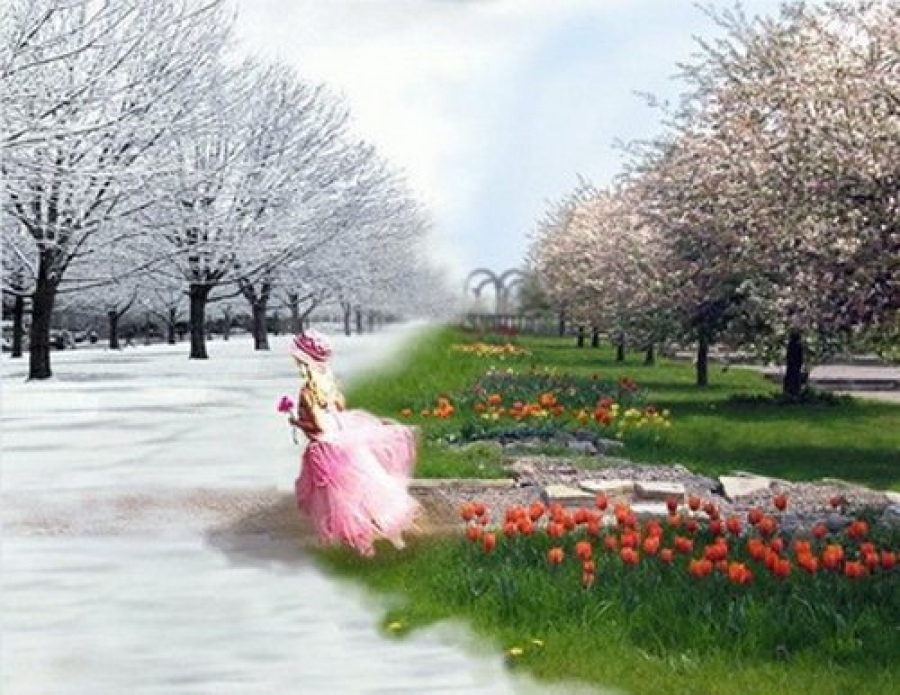 symbolic boundary of winter and spring
symbolic boundary of winter and spring The date of the vernal equinox in 2017 falls on 20 March.
As follows from the word "equinox", the light and dark parts of the day become equal in duration.
Day of the Autumnal Equinox in 2017: date, longitude of the day
The date of the autumn equinox of 2017 in the northern hemisphere of our planet falls on September 22.
Until then, the day was shortening, giving the nights its minutes. It equaled to it in duration on the given calendar date.
The position of the sun in the equinox days
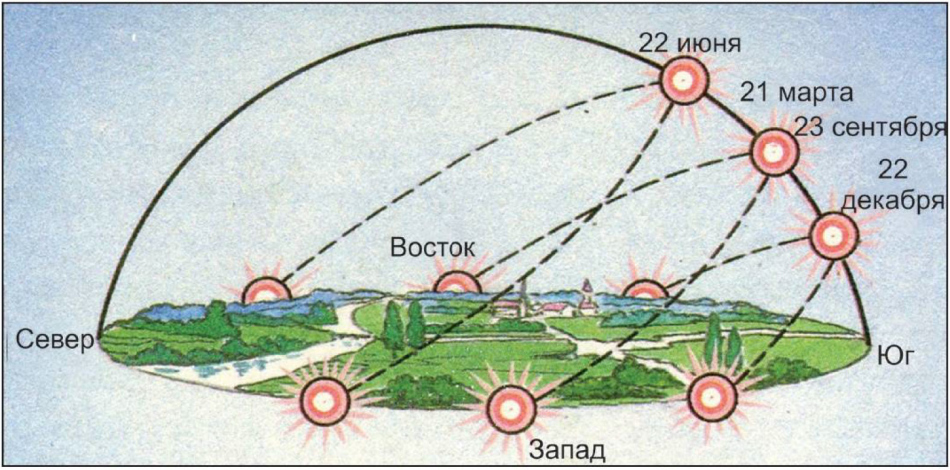 The location of the sun in equinoxes and solstices in the northern hemisphere
The location of the sun in equinoxes and solstices in the northern hemisphere The equinoxes represent a certain point when the sun moves from the north to the southern hemisphere in autumn and vice versa. This is for part of our planet that is located above the equator.
The sun these days directs its rays so that they evenly warm up the entire surface of the earth to it.
Another feature of these calendar dates - the day before and after, as well as during the equinox, the sun rises clearly in the east, and sits in the west. However, this phenomenon is characteristic only for 23.5 ° north or south latitude. In other areas there is an easy shift to the north or south.
Equinox and solstice days: magic
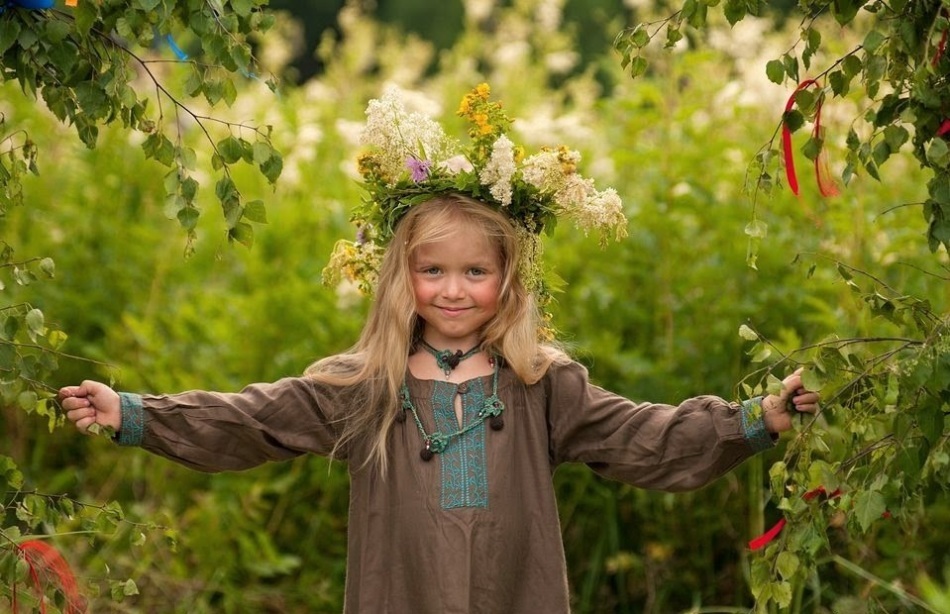 smiling girl in a wreath of wild flowers during the celebration of the summer solstice
smiling girl in a wreath of wild flowers during the celebration of the summer solstice These 4 days a year have maximum energy not only because of the time change. The Slavs knew this well and harmoniously built their lives in such a way as to regulate and develop their relations with nature.
A common moment during the celebrations of all the solstices and equinoxes of our ancestors were mass festivities. The whole village gathered together:
- held different games and fun
- were playing roundelays
- everyone ate
- praised the gods
- remembered the ancestors of
Everything was fun, easy and natural.
- The summer solstice is still celebrated as Kupala. We are looking for the cherished fern flower in the hope of success and fulfillment of the cherished dream.
- At the autumnal equinox, the ancestors arranged a harvest festival. The adults cleaned the house, yard, in the fields. The children decorated the houses with the clusters of mountain ash. It was believed that she would protect the house and its inhabitants from evil all year round.
Winter solstice, or the birth of Kolyada - a young sun, was celebrated with a special scope. Here was the place and:
- to fortune-tellers about marriage, marriage, weather for the next year, harvest of
- caroling and dressing as a beast to scare away the dark forces
- jumping over the fire for burning all grievances, envy and similar sins
Three days before and the same after Kolyadahad a special power. Mistresses made order in their heads and houses, attracted health and well-being to the life of the family. They watched the events 12 days after Kolyada to understand what the next year will bring for the family.
- The vernal equinox day had a special power. Nature awoke from winter sleep, a new year began to work on earth.
- At this time, baked pancakes, was Shrovetide. But it lasted 2 weeks - one before, the second after the day of the equinox.
- Mistresses baked larks - small birds from sweet dough.
- In the evening everyone jumped through the bonfires to refresh themselves for a new round of life. For example, if an unmarried girl jumped, then she would definitely become the mother of a hero.
Read more about traditions, rituals and actions aimed at harmonization of destiny in the next article.
